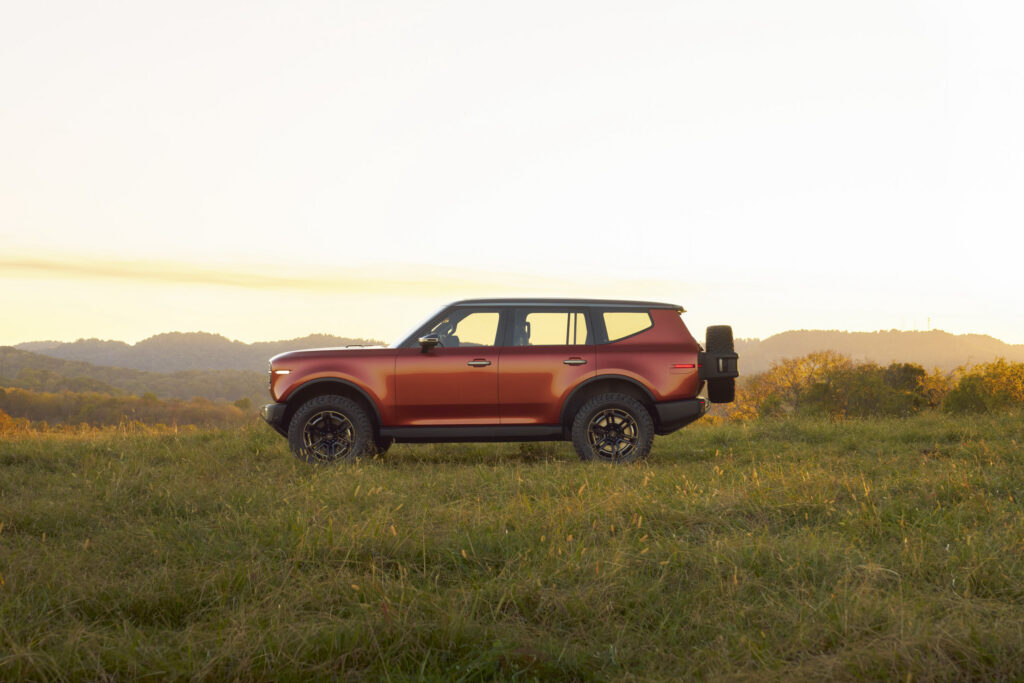Sharp’s First Car Wants To Sync With Your Toaster And Fridge Too

- Latest LDK+ concept adopts smaller, more traditional proportions.
- Features lounge-style cabin with swiveling seat and home projector.
- Shares its EV platform with the 2027 Foxconn Model A minivan.
For decades, most people have known Sharp for televisions, microwaves, and air purifiers, not for anything with wheels. Now the company seems intent on extending its home-tech comfort onto the road.
The Japanese electronics giant is deepening its move into the automotive sector, leaning on Foxconn’s R&D and manufacturing strength to get there. Its latest effort is a far more developed version of the LDK+ electric minivan concept, set to debut at the Japan Mobility Show later this month.
More: Sharp And Foxconn Team Up On An Electric Minivan With A 65-Inch Rear Display
The latest LDK+ moves noticeably closer to a production-ready vehicle than the 2024 prototype. The proportions are now more in line with a conventional minivan, leaving behind the cab-over profile of its earlier version.
Getting Closer To The Final Product
The front end is now more pronounced, featuring full-width LED headlights integrated into a covered grille with the Sharp logo. Even so, the overall design is rather generic, despite the two-tone finish.
The minivan features sliding doors and an upright rear, while traditional mirrors and door handles hint that the concept is nearing production.
Another image offers a look inside the cabin, entered through a wide pillarless opening. The layout includes a flat floor, a swiveling driver’s seat that can face the rear, and a console box fitted with a foldable table.
A rear bench for three passengers is positioned further back, sacrificing cargo space but creating a lounge-like environment with ambient lighting.

Sharp envisions the LDK+ as an “extension of the living room” when parked. While the massive 65-inch screen of the original concept is gone, the updated model gains a projector and a retractable screen above the rear bench, transforming the cabin into a mobile theater or remote workspace.
More: Mitsubishi’s New SUV Concept Doubles As A Hotel On Wheels
The EV incorporates Sharp’s AIoT platform, allowing it to link with household devices such as appliances, air conditioners, and washing machines. It uses AI to learn user habits and preferences, and supports V2H functionality, solar integration, and residential battery systems.
Shared EV Platform
The Sharp LDK+ shares its underpinnings with the Foxconn Model A. The latter was unveiled in concept form last year with a highly modular interior and a configurable exterior that can be tailored for professional and personal use.
The company has yet to share the specifications of the electric powertrain or the battery pack that will likely be carried over to its Sharp sibling.
Foxconn’s own minivan is due to reach Japanese roads in early 2027, followed by a rollout across ASEAN markets.
Sharp hasn’t confirmed when or where its version will launch, though more details are expected at the Japan Mobility Show on October 30.






























